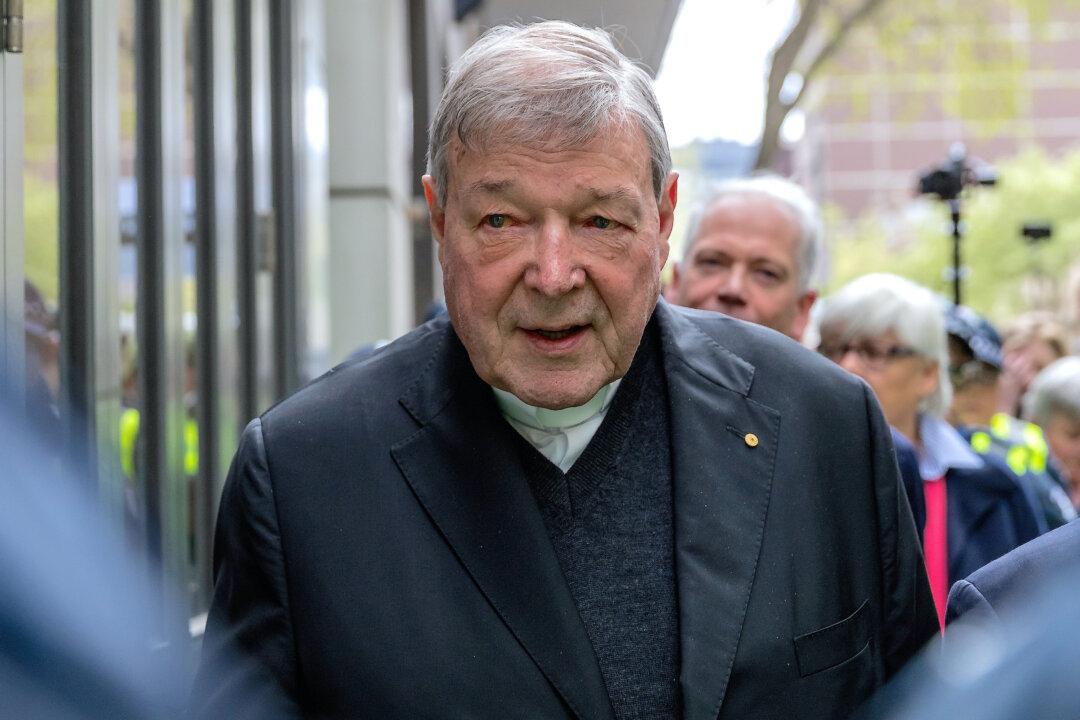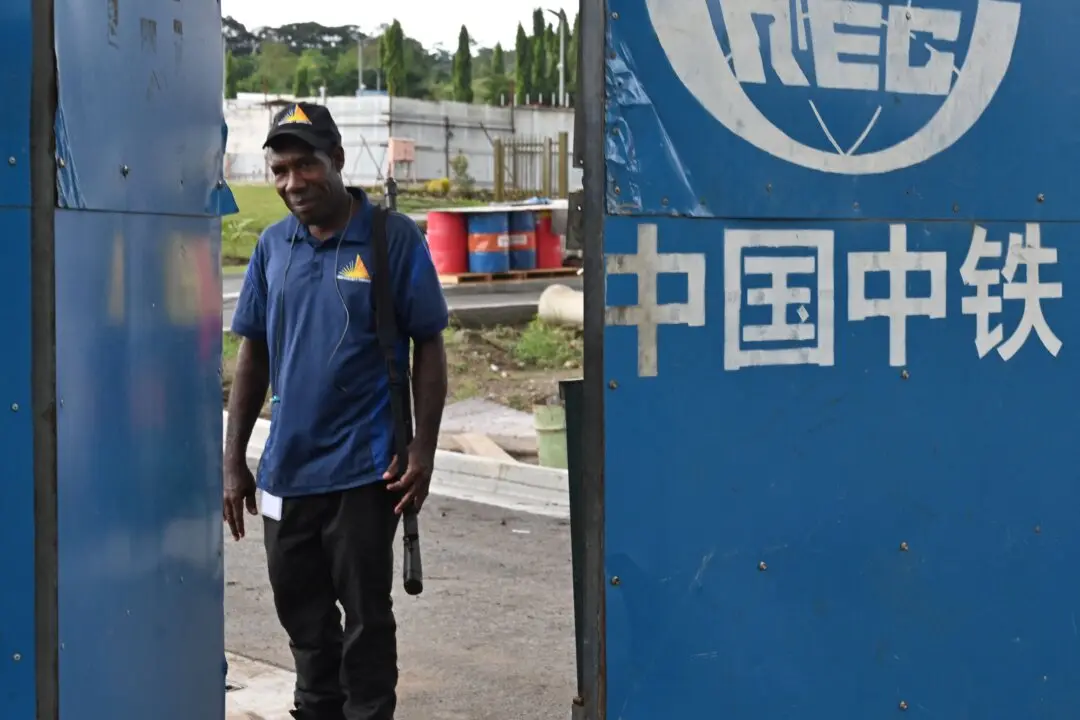The latest episode in the Cardinal George Pell saga has ended abruptly, after some of Australia’s largest media outlets pleaded guilty to breaching a 2018 suppression order while covering Pell’s now quashed child sex abuse conviction.
Victoria’s public prosecutor initially charged 12 media outlets (including News Corp and Fairfax Media, which is now Nine Entertainment), as well as 15 journalists and editors with breaching the suppression order. The order banned Australian media from reporting on Pell’s 2018 trial until 2019.





